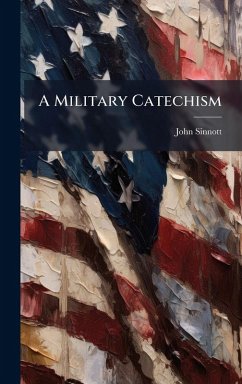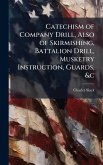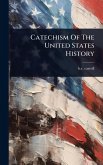"A Military Catechism," designed for the use of non-commissioned officers and others in the infantry, offers a glimpse into the military training practices of its time. Penned by John Sinnott, this catechism likely served as a foundational text for understanding military principles, tactics, and protocols. The book provides insights into the structured learning and standardized knowledge expected of soldiers, revealing the methods used to instill discipline and competence within the ranks. This historical document serves as a valuable resource for military historians, researchers, and anyone interested in the evolution of military education. It captures the essence of a bygone era, illuminating the ways in which military instruction was formalized and disseminated. Its enduring appeal lies in its ability to connect readers with the past, offering a unique perspective on the challenges and strategies of military training. This work has been selected by scholars as being culturally important, and is part of the knowledge base of civilization as we know it. This work was reproduced from the original artifact, and remains as true to the original work as possible. Therefore, you will see the original copyright references, library stamps (as most of these works have been housed in our most important libraries around the world), and other notations in the work. This work is in the public domain in the United States of America, and possibly other nations. Within the United States, you may freely copy and distribute this work, as no entity (individual or corporate) has a copyright on the body of the work. As a reproduction of a historical artifact, this work may contain missing or blurred pages, poor pictures, errant marks, etc. Scholars believe, and we concur, that this work is important enough to be preserved, reproduced, and made generally available to the public. We appreciate your support of the preservation process, and thank you for being an important part of keeping this knowledge alive and relevant.
Bitte wählen Sie Ihr Anliegen aus.
Rechnungen
Retourenschein anfordern
Bestellstatus
Storno








